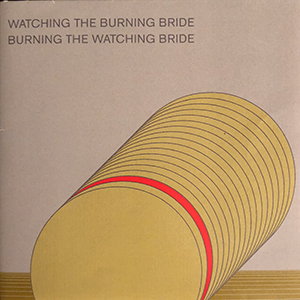 As Die Stadt's brilliant reissue campaign nears its end (it looks like about two more remain in the 18 disc series), this double disc compilation covers the first and fourth collaborations Asmus Tietchens had with UK artist Terry Burrows, the first album from 1986 (Watching the Burning Bride) and its 1998 reworking (Burning the Watching Bride). The earlier album is perhaps the most fascinating, as it clearly captures both Tietchens' early synth-heavy rhythmic style (the Sky and Discos Esplendor Geometricos eras), and heralds the more abstract direction his work would soon take.
As Die Stadt's brilliant reissue campaign nears its end (it looks like about two more remain in the 18 disc series), this double disc compilation covers the first and fourth collaborations Asmus Tietchens had with UK artist Terry Burrows, the first album from 1986 (Watching the Burning Bride) and its 1998 reworking (Burning the Watching Bride). The earlier album is perhaps the most fascinating, as it clearly captures both Tietchens' early synth-heavy rhythmic style (the Sky and Discos Esplendor Geometricos eras), and heralds the more abstract direction his work would soon take.
Two new shows just for you. We have squeezed out two extended release episodes for this weekend to get you through this week. They contain mostly new songs but there's also new issues from the vaults. The first show features music from Rider/Horse, Mint Field, Robert Aiki Aubrey Lowe, Anastasia Coope, ISAN, Stone Music, La Securite, Bark Psychosis, Jon Rose, Master Wilburn Burchette, Umberto, Wand, Tim Koh, Sun An, and Memory Drawings. The second episode has music by Laibach, Melt-Banana, Chuck Johnson, X, K. Yoshimatsu, Dorothy Carter, Pavel Milyakov, Violence Gratuite, Mark Templeton, Dummy, Endon, body / negative, Midwife, Alberto Boccardi, Divine. Cow in Maui from Veronika in Vienna. Get involved: subscribe, review, rate, share with your friends, send images! |



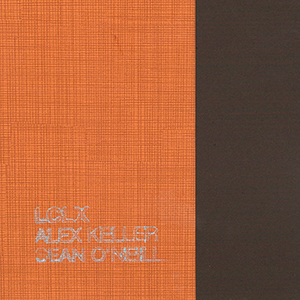 LCLX is a rather fast follow-up to this Texas duo’s other recent work,
LCLX is a rather fast follow-up to this Texas duo’s other recent work, 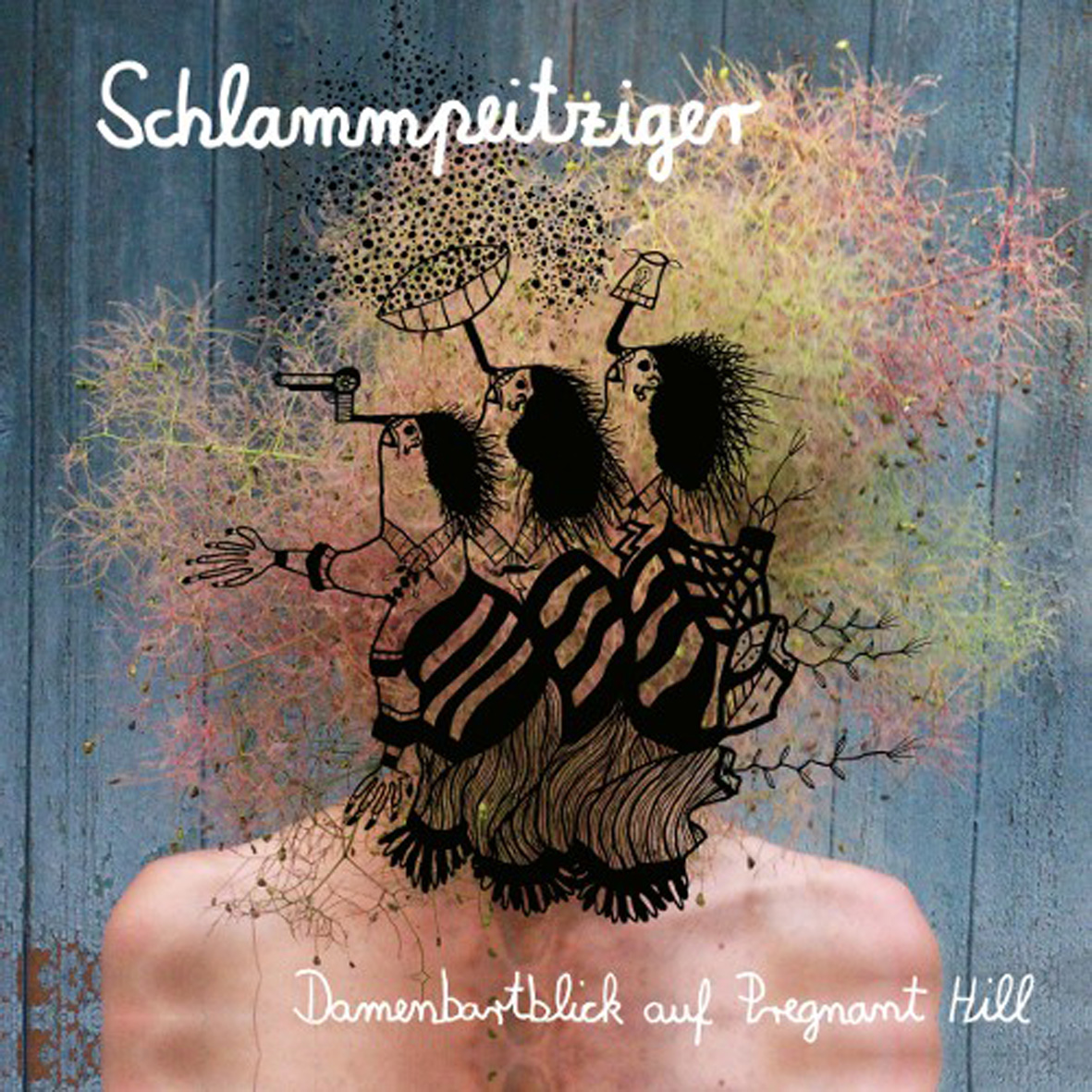
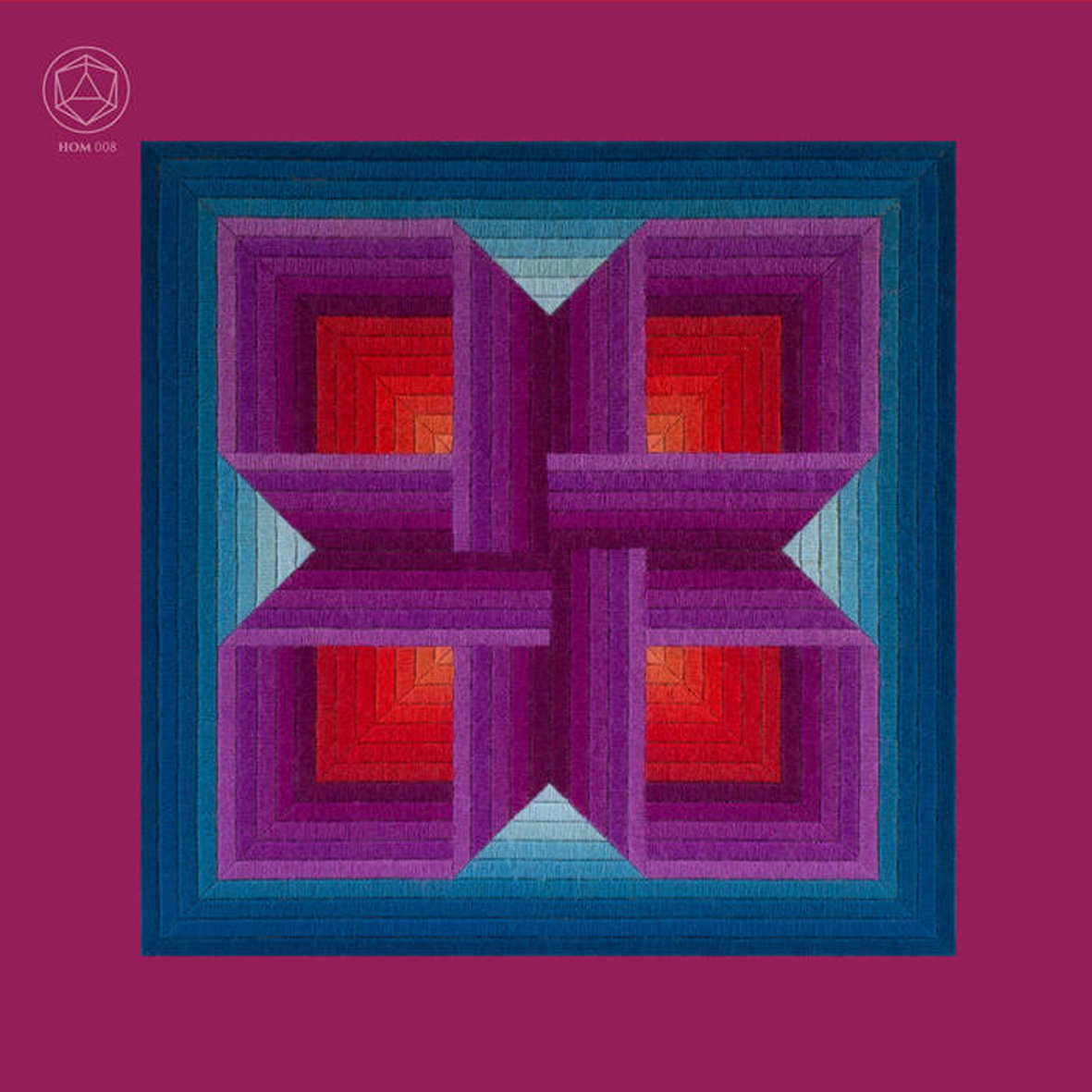 Released back in early 2017, Frequency is the underheard debut full-length from the duo of Coil/Cyclobe alum Mike York and Mark Pilkington (from Strange Attractor Press). Given that singular and occult-tinged pedigree, it is no surprise that something novel and wonderful emerged from their union. I suppose Coil’s more hallucinatory and amorphous late-period work is a solid touchstone, but it is also a mere jumping-off point, as Teleplasmiste descend even deeper into lysergic drone territory. At its best, Frequency is like a psychoactive depth charge dropped straight into my unconscious, exploding into a disorienting and almost vertigo-inducing swirl of colors and texture. While some of these swirling, smearing, and buzzing synth invocations admittedly strike deeper than others, the album as a whole is a tour de force of hypnotic, slow-burning, and reality-dissolving wave- and frequency-manipulation.
Released back in early 2017, Frequency is the underheard debut full-length from the duo of Coil/Cyclobe alum Mike York and Mark Pilkington (from Strange Attractor Press). Given that singular and occult-tinged pedigree, it is no surprise that something novel and wonderful emerged from their union. I suppose Coil’s more hallucinatory and amorphous late-period work is a solid touchstone, but it is also a mere jumping-off point, as Teleplasmiste descend even deeper into lysergic drone territory. At its best, Frequency is like a psychoactive depth charge dropped straight into my unconscious, exploding into a disorienting and almost vertigo-inducing swirl of colors and texture. While some of these swirling, smearing, and buzzing synth invocations admittedly strike deeper than others, the album as a whole is a tour de force of hypnotic, slow-burning, and reality-dissolving wave- and frequency-manipulation.
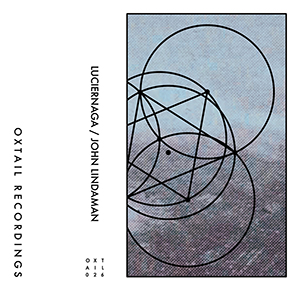 Both Joao Da Silva (Luciernaga) and John Lindaman utilize primarily a guitar to create expansive, occasionally difficult passages of abstract sound and noise, so pairing them together on this tape makes perfect sense. What becomes more striking by doing this, however, are their differences. With Luciernaga delivering a single live piece that is about an expansive sense of ambience, and a more free improv suite from Lindaman, both sides excel because of their differences, presenting two very different sides of a tried and true style.
Both Joao Da Silva (Luciernaga) and John Lindaman utilize primarily a guitar to create expansive, occasionally difficult passages of abstract sound and noise, so pairing them together on this tape makes perfect sense. What becomes more striking by doing this, however, are their differences. With Luciernaga delivering a single live piece that is about an expansive sense of ambience, and a more free improv suite from Lindaman, both sides excel because of their differences, presenting two very different sides of a tried and true style.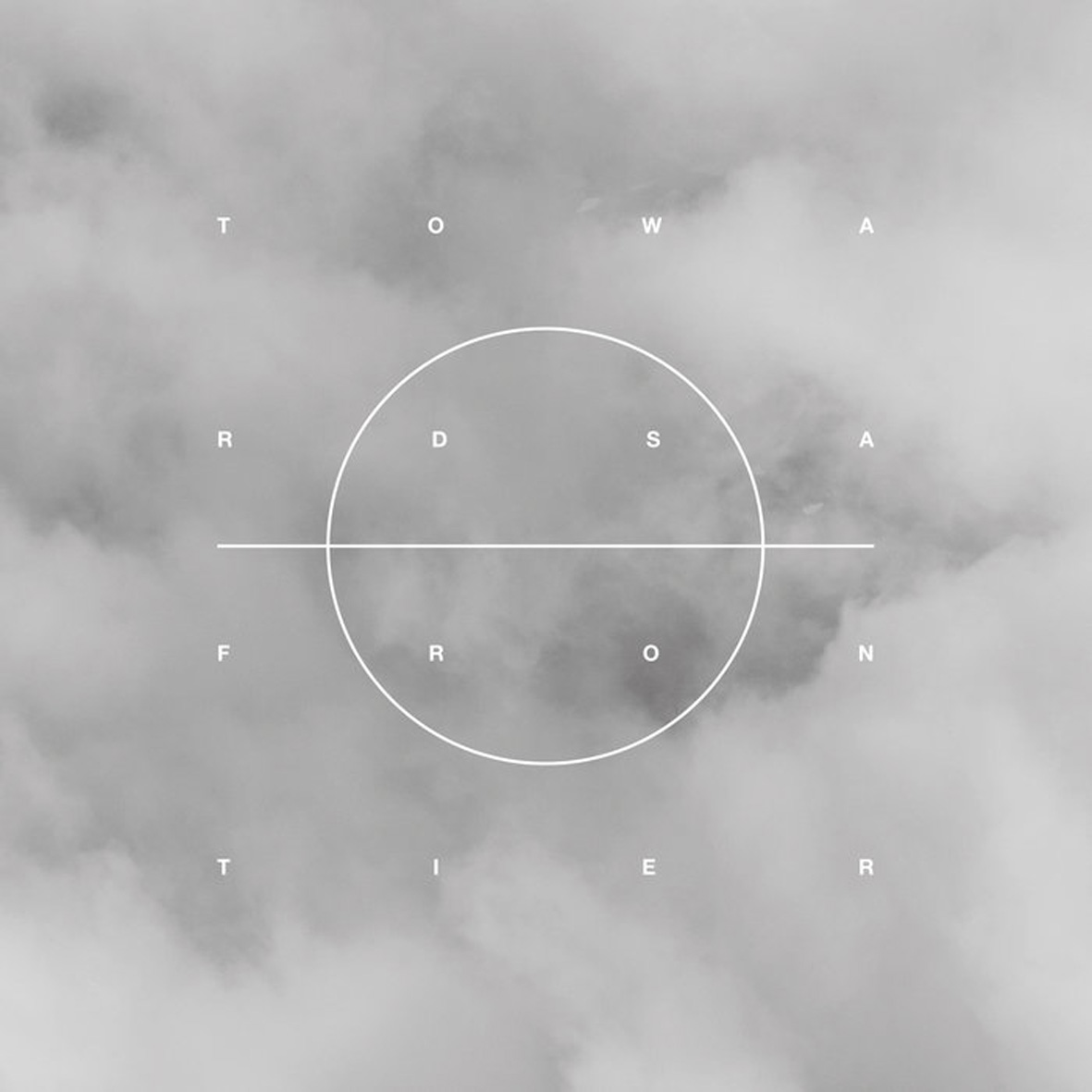 Billed as Skelton's most ambitious composition to date, Towards a Frontier is a 66-minute epic that is part of larger multimedia project assembled during three trips to rural East Iceland. Characteristically, this is an album very much shaped by the natural environment that Skelton was immersed in as this piece was gradually conjured into being. More specifically, Towards a Frontier draws its primary inspiration from the changing seasons as experienced from an Icelandic mountain range. While less instantly gratifying than some of Skelton's other recent works, this album has a masterfully paced slow-burning majesty and mesmerizing elemental power that gradually reveals itself with repeated, attentive listens. Notably, nature does not seem particularly benign here, but Skelton keeps the mood intriguingly ambiguous as the piece unfolds, hinting at the primal, cosmic horror of our insignificance while simultaneously evoking something akin to religious ecstasy.
Billed as Skelton's most ambitious composition to date, Towards a Frontier is a 66-minute epic that is part of larger multimedia project assembled during three trips to rural East Iceland. Characteristically, this is an album very much shaped by the natural environment that Skelton was immersed in as this piece was gradually conjured into being. More specifically, Towards a Frontier draws its primary inspiration from the changing seasons as experienced from an Icelandic mountain range. While less instantly gratifying than some of Skelton's other recent works, this album has a masterfully paced slow-burning majesty and mesmerizing elemental power that gradually reveals itself with repeated, attentive listens. Notably, nature does not seem particularly benign here, but Skelton keeps the mood intriguingly ambiguous as the piece unfolds, hinting at the primal, cosmic horror of our insignificance while simultaneously evoking something akin to religious ecstasy. For their fourth album in a relatively short timespan, the Norwegian group (now a five piece) have produced their first fully improvised work, and it is a strange one. Besides the fact that the concept here is mostly just thematic, compared to the more composition-based ideas they have used on previous albums, the performances are bizarre and impossible to classify, sounding like nothing else they have done, and the record is all the stronger for it.
For their fourth album in a relatively short timespan, the Norwegian group (now a five piece) have produced their first fully improvised work, and it is a strange one. Besides the fact that the concept here is mostly just thematic, compared to the more composition-based ideas they have used on previous albums, the performances are bizarre and impossible to classify, sounding like nothing else they have done, and the record is all the stronger for it.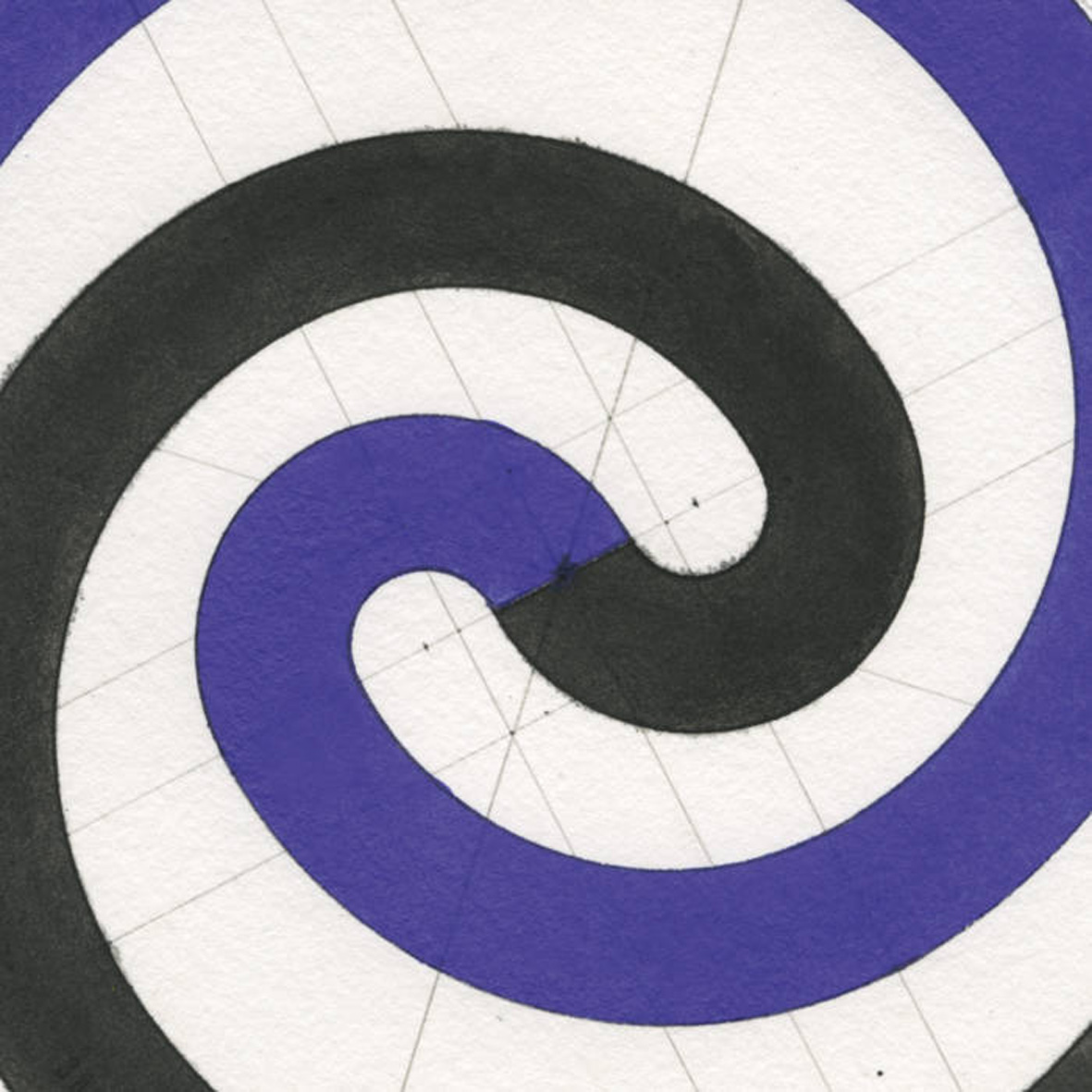 The wonderfully unsettling and playfully creepy The Gag File deservedly got a lot of attention last year, but Aaron Dilloway also quietly released another excellent album on a small Dutch label in the late fall. While less audacious and considerably less intent on evoking some kind of sad, wobbly, and hissing nightmare world, Switches is still a wonderfully bizarre, distinctive, and obsessive-sounding album. In fact, the sickly, frayed, and hypnotic locked groove-style loops of Switches almost feel like a perverse prelude to The Gag File, relentlessly repeating gnarled and disorienting snatches of half-melodies to peel away the last vestiges of sanity to prime me for the malevolent and Ligotti-esque funhouse to come.
The wonderfully unsettling and playfully creepy The Gag File deservedly got a lot of attention last year, but Aaron Dilloway also quietly released another excellent album on a small Dutch label in the late fall. While less audacious and considerably less intent on evoking some kind of sad, wobbly, and hissing nightmare world, Switches is still a wonderfully bizarre, distinctive, and obsessive-sounding album. In fact, the sickly, frayed, and hypnotic locked groove-style loops of Switches almost feel like a perverse prelude to The Gag File, relentlessly repeating gnarled and disorienting snatches of half-melodies to peel away the last vestiges of sanity to prime me for the malevolent and Ligotti-esque funhouse to come.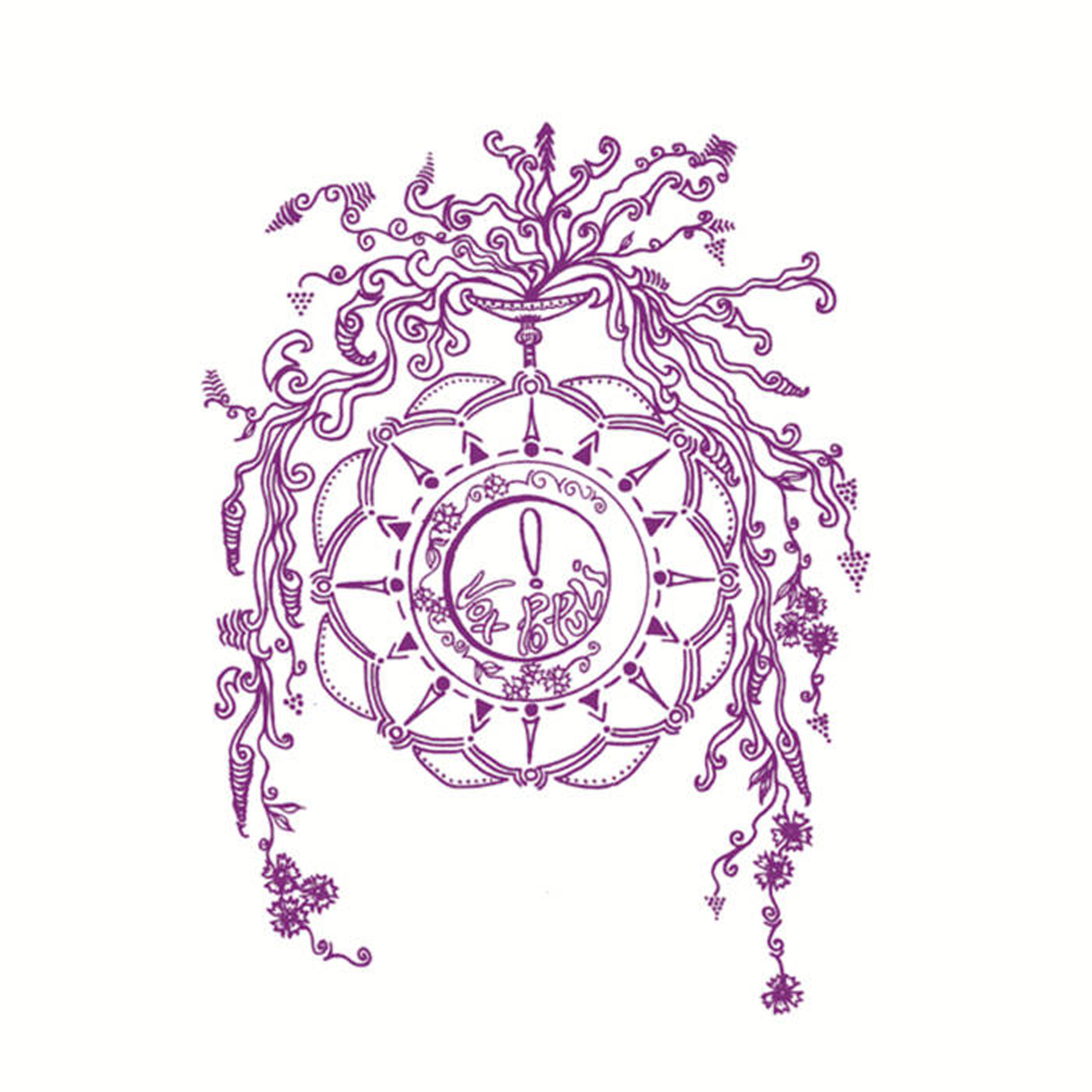 Ever since their cult favorite Half Dead Ganja Music album was reissued back in 2013, I have been fascinated by this deeply unusual "ethno-industrial" duo from France and have done a decent amount of digging to track down the rest of their back catalog. That has proven to be a somewhat convoluted task, leading to lots of dead blog links as well as a few wonderful unofficial compilations. In fact, several of the best songs on this new digital-only collection have appeared on those unofficial releases, while some others appear to have come from an untitled 1988 tape. Curiously, a lot of these experiments spanning 1984 to 1989 are just as good as anything that appeared on Vox Populi's formal albums (in some cases, even better), making this kind of a crucial bit of underground industrial archeology on Emotional Rescue's part. I suppose motivated or frugal listeners can probably find a lot of these songs elsewhere if they put their minds to it, but this is an extremely well-curated collection that provides an excellent introduction to one of the most creative, cool, and underappreciated bands of the '80s cassette underground.
Ever since their cult favorite Half Dead Ganja Music album was reissued back in 2013, I have been fascinated by this deeply unusual "ethno-industrial" duo from France and have done a decent amount of digging to track down the rest of their back catalog. That has proven to be a somewhat convoluted task, leading to lots of dead blog links as well as a few wonderful unofficial compilations. In fact, several of the best songs on this new digital-only collection have appeared on those unofficial releases, while some others appear to have come from an untitled 1988 tape. Curiously, a lot of these experiments spanning 1984 to 1989 are just as good as anything that appeared on Vox Populi's formal albums (in some cases, even better), making this kind of a crucial bit of underground industrial archeology on Emotional Rescue's part. I suppose motivated or frugal listeners can probably find a lot of these songs elsewhere if they put their minds to it, but this is an extremely well-curated collection that provides an excellent introduction to one of the most creative, cool, and underappreciated bands of the '80s cassette underground.
